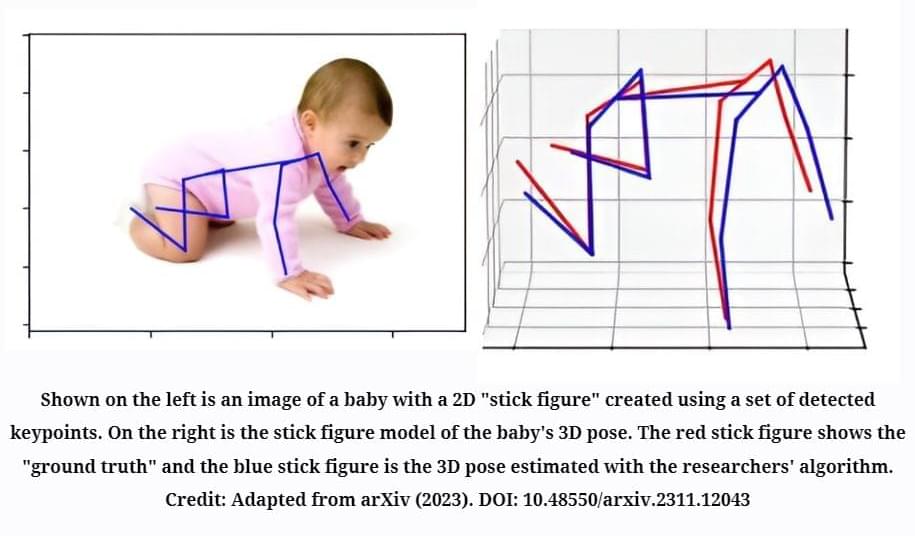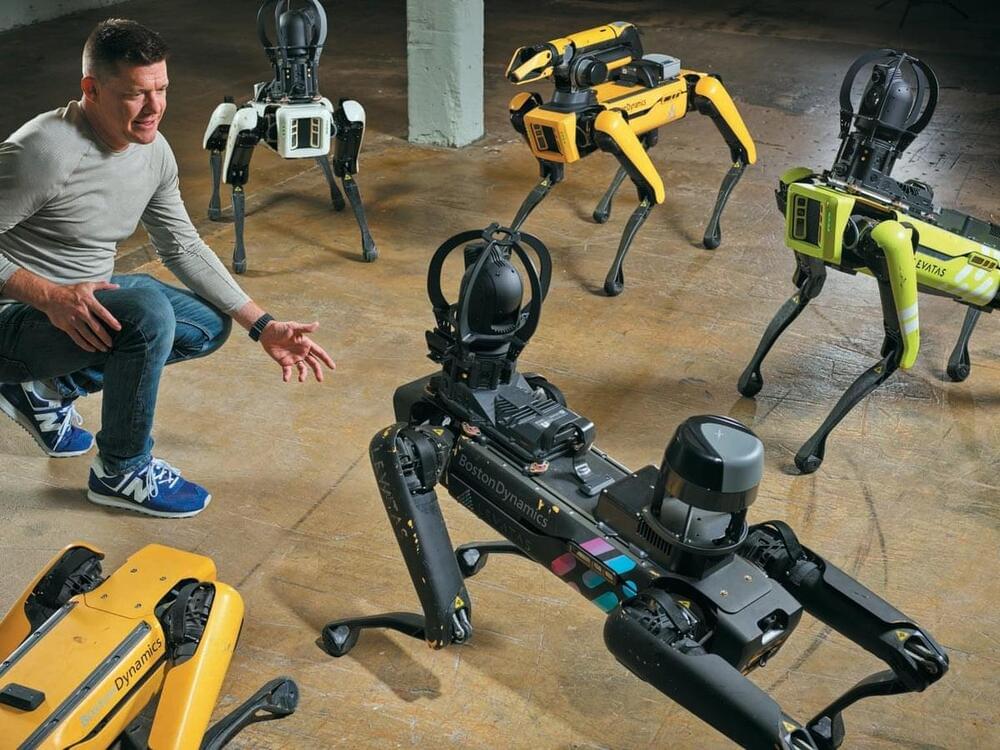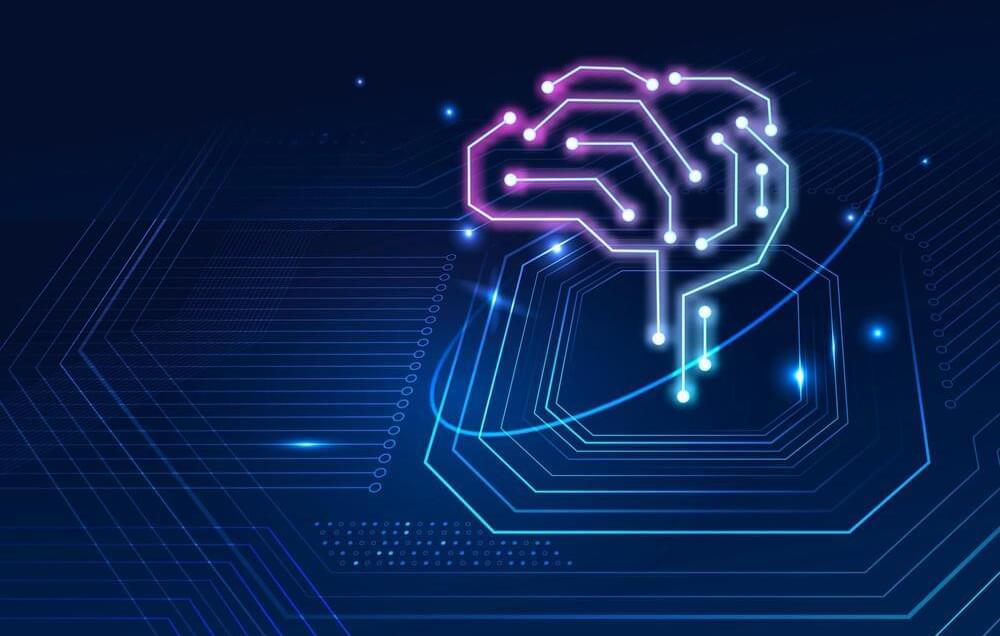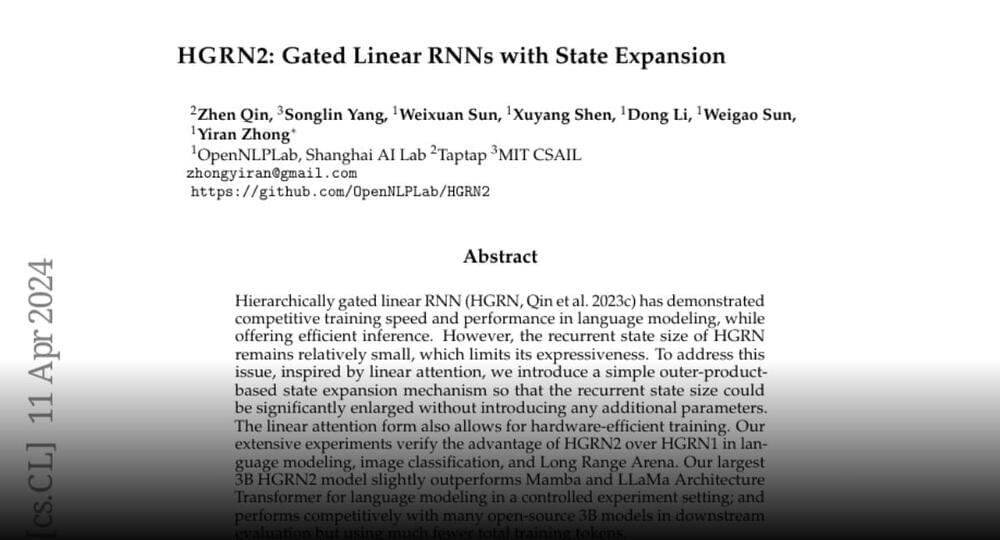The design is intended to provide more computing power, bandwidth, and memory capacity to the chips. Initially, Meta aimed to perform inference functions such as ranking and generating responses to user prompts. Meta plans to use the chips for more intense operations, such as training AI models using large data sets.
A shift to its chips could help Meta save millions in energy costs every year, alongside the billions needed in capital expenditure to buy chips from Nvidia.
Meta isn’t the only tech company looking to design and build its own AI chips. Legacy chipmaker Intel, which has lagged in catering to industry requirements for AI chips, also announced its new Gaudi chips at an event on Tuesday.






